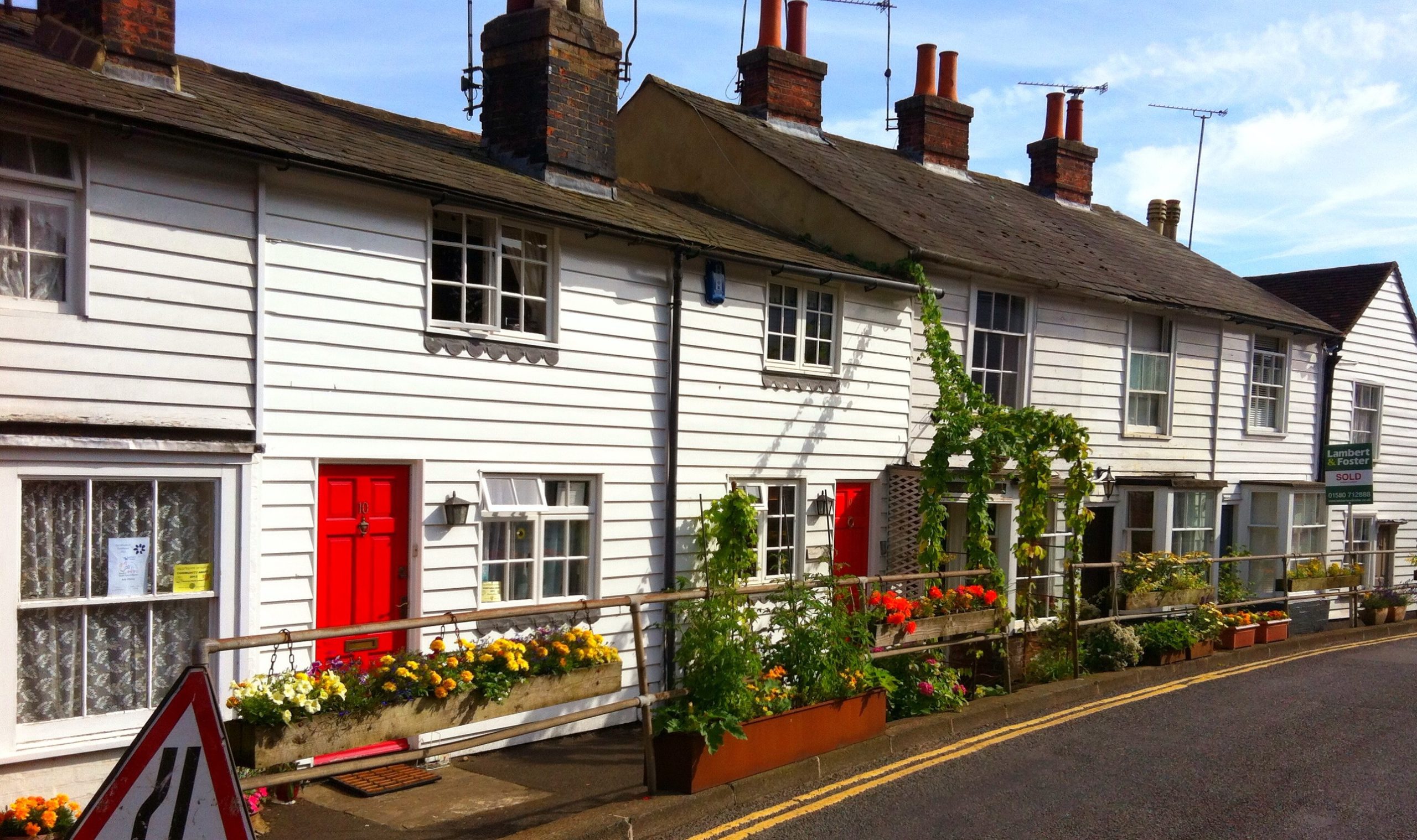In 1577 the English clergyman and chronicler William Harrison wrote that ‘the greatest part of our building in the cities and good towns of England consists of timber.’ But by 1800, most of England was built from brick or stone. What happened? The answer has three words: wool, ships and fire.
Firstly, exports of wool from the cloudy, rainy and fertile island of Britain (good for grass and sheep) had long been an economic mainstay. It paid to cut down forests and not replace them. Secondly, ships. For 300 years Britain needed and built the world’s most powerful navy — entirely of wood until the mid-nineteenth century. We basically cut down our historic oak woods to build the Royal Navy, from Mary Rose to HMS Victory. Finally, fire. A series of disastrous urban conflagrations (the Great Fire of 1666 is best known but large parts of London also burnt down in 1087, 1135, 1299, 1428, 1444, 1619, 1676, 1691, 1698, 1725 and 1748) persuaded city authorities to ban exposed timber in townhouses.
Expensive, even illegal, wood was yesterday’s material. By happy chance other options were available. Bricks are burnt earth and Britain’s ready supply of cheap coal meant that it was cost-efficient to bake them hard. Tap a coal-fired Victorian brick and feel how much harder it is than a wood-fired Georgian equivalent. Strata of beautiful limestone, sandstone and granite also stripe the British Isles. Prosperous Tudor farmers and their successors could afford them.
Today we mainly build in concrete and steel. Even brick homes have concrete breeze-block inner layers. Modern concrete is ugly and unpopular (we normally hide it with a skin of something else). It is also deeply energy inefficient, a legacy of the energy-incontinent twentieth century.
But is it time for wood to return? It might be. There’s certainly more of it nowadays. Britain’s woodland area has tripled during the last century and it’s still increasing. We can also do more with it. Recent innovations such as cross-laminated timber (boards glued together in alternately grained layers) are as strong as concrete and not readily flammable. Wood is also the eco-material par excellence. It is a good insulator — 400 times better than solid steel (think of all those Scandinavian cabins). Trees also ‘store carbon’ as they grow and are more efficient to prepare for construction. Wooden buildings, if created from re-planted forests, reduce CO2 emissions by up to 30% compared to normal construction.
Wood is easy to use: it is typically 25% faster and requires 90% less construction traffic. Self-builders can readily put up their own homes. In the majority of countries which, unlike Britain, have properly regulated as opposed to chaotically ‘planned’ development sectors, far more homes are chosen by the end-user than the intermediary house-builder. Companies abound that create off-pattern book, ready-to-go houses that you can order on the internet. Many use wood. It’s just so versatile and easy.
Finally, wood is beautiful, hard to age and good for us. As we learn more about how our environment affects our mental and physical health, we are realising that sterile, overly-repetitive or visually chaotic places make us stressed and unhappy. But walls with texture, timbre and which mimic or deploy the forms of nature are pleasing and settling to most of us. Well-looked after wood can last for centuries. Is that beautiful painted Kentish weather-boarding from last week or the mid-eighteenth century? Who cares? Wood is clean, green and timeless. Let’s create beautiful sustainable places which are ‘of here’ and which treat their owners with love and respect. Wood is part of the future, not just stuck in the past.
Nicholas Boys Smith is the founding director of Create Streets.










Join the discussion
Join like minded readers that support our journalism by becoming a paid subscriber
To join the discussion in the comments, become a paid subscriber.
Join like minded readers that support our journalism, read unlimited articles and enjoy other subscriber-only benefits.
Subscribe